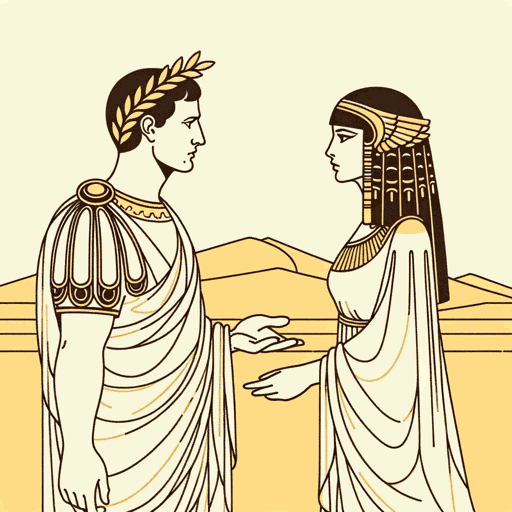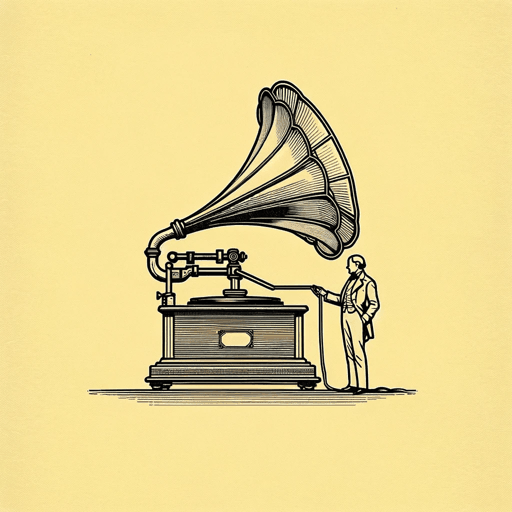64 pages • 2 hours read
George Bernard ShawPygmalion
Fiction | Play | Adult | Published in 1913A modern alternative to SparkNotes and CliffsNotes, SuperSummary offers high-quality Study Guides with detailed chapter summaries and analysis of major themes, characters, and more. For select classroom titles, we also provide Teaching Guides with discussion and quiz questions to prompt student engagement.
Symbols & Motifs
Clothing
Shaw uses clothes to symbolize a social class. On the portico in Act I, Pickering’s “evening dress” (Act I, Page 15) allows Eliza to identify his class and target him for a sale. Higgins’s shoes reveal that he is not a “copper’s nark” (Act I, Page 17) but a gentleman. Yet clothing is also revealed to be a marker that is superficial and may be unreliable in pinpointing one’s social position. In the first social test, Mrs. Higgins still sees Eliza as a street woman, despite her new elegant dress. At the end of the play, Doolittle may be “resplendently dressed” with a “flower in his buttonhole, a dazzling silk hat, and patent leather shoes” (Act V, Page 110), but he is still a coarse, crude man. Clothes are presented as useful tools for creating a costume or a disguise.
Eliza demonstrates a keen awareness of the role clothing plays in the perception of class. When she arrives at Higgins’s home to buy lessons, she uses the items available to her to attempt to create the costume of a lady. Eliza wears “a hat with three ostrich feathers, orange, sky-blue, and red,” a “neatly clean apron,” and a “shoddy coat [that] has been tidied a little” (Act II, Page 32).
Related Titles
By George Bernard Shaw

Arms and the Man
George Bernard Shaw

Caesar and Cleopatra
George Bernard Shaw

Heartbreak House
George Bernard Shaw

John Bull's Other Island
George Bernard Shaw

Major Barbara
George Bernard Shaw

Man And Superman
George Bernard Shaw

Mrs. Warren's Profession
George Bernard Shaw

Saint Joan
George Bernard Shaw

The Doctor's Dilemma
George Bernard Shaw
Featured Collections
Books that Feature the Theme of...
View Collection
British Literature
View Collection
Class
View Collection
Class
View Collection
Comedies & Satirical Plays
View Collection
Dramatic Plays
View Collection
Nobel Laureates in Literature
View Collection
School Book List Titles
View Collection

